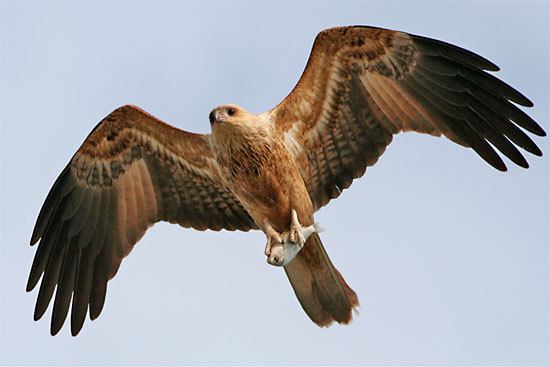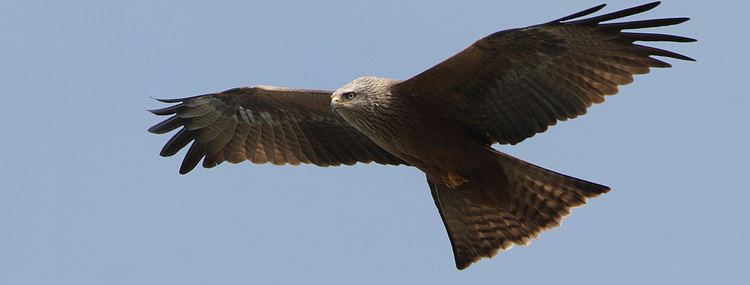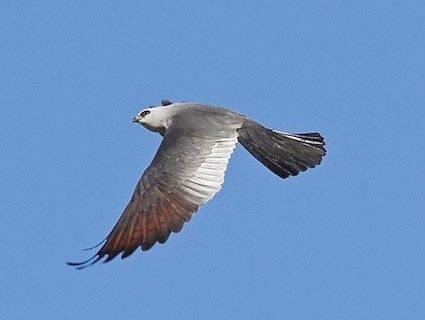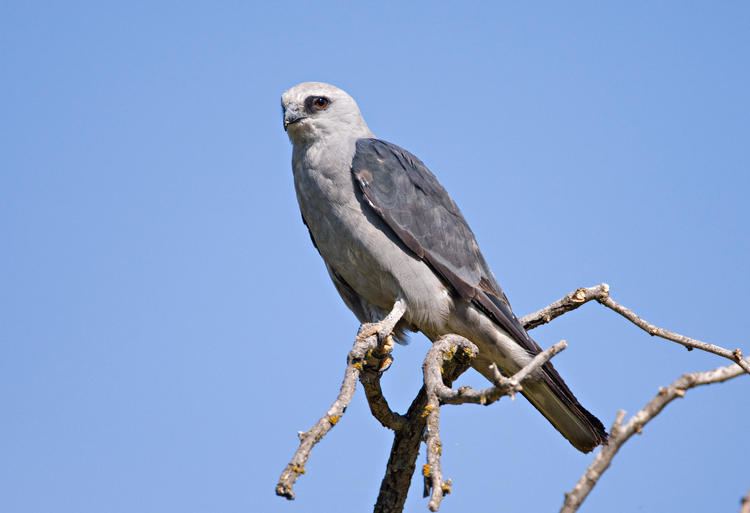Class Aves | Phylum Chordata | |
 | ||
Representative species | ||
Kite is a common name for certain birds of prey in the family Accipitridae, particularly in subfamilies Milvinae, Elaninae, and Perninae.
Contents

Some authors use the terms "hovering kite" and "soaring kite" to distinguish between Elanus and the milvine kites, respectively. The groups may also be differentiated by size, referring to milvine kites as "large kites", and elanine kites as "small kites".

Species

A few of the traditional Perninae are also called kites.
19th century

In 1824, Vigors proposed five divisions or stirpes of the Falconidae family: Aquilina (eagles), Accipitrina (hawks), Falconina (falcons), Buteonina (buzzards) and Milvina (kites, containing two genera Elanus and Milvus). He characterized the kites as having weaker bill and feebler talons than the buzzards, tail more or less forked, and wings longer than the tail.

In Elanus, he grouped the black-winged kite (now several Elanus spp.), scissor-tailed kite (now Chelictinia), and swallow-tailed kite (now Elanoides). These species all have pointed wings with the second primary the longest. The pattern of scales on the legs (acrotarsi) is reticulated, and the toes are separated. But Vigors noted that only the black-winged kite had rounded undersides on the nails of its talons, a trait found in the osprey but not in any other raptors, and thus suggested a separation of Elanus into two sections. A year later, he established a separate genus Nauclerus for the scissor- and swallow-tailed kites.
Milvus contained the familiar red and black kites. The fourth primary feather is the longest, leg scales are scutellated, and the exterior toe is united to the middle toe by a membrane.
Vigors placed Ictinia – "the Milan Cresserelle of M. Vieillot" and "the Mississippi Kite of Mr. Wilson" – into Buteonina. Though noting that "the wings are of considerable length, extending far beyond the tail, a character which has induced M. Vieillot and others to place this bird near the Kites", he wrote that the strong affinity in characteristics and manners warranted it to be placed closer to the falcons.
20th century
Swann's 1922 synopsis grouped all the kites together with the "cuckoo-falcons" and honey buzzards into a large Milvinæ subfamily. His order was: Elanoides, Chelictinia, Milvus, Lophoictinia, Rostrhamus, Helicolestes, Chondrohierax, Odontriorchis, Gypoictinia (=Hamirostra), Elanus, Gampsonyx, Ictinia, Harpagus, Baza, Aviceda, Henicopernis, Machærhamphus, Pernis.
In contrast, Peters grouped the large kites into subfamily Milvinae and most small kites into Elaninae, with a few small kites joining the honey-buzzards and bazas in Perninae. His arrangement of kite genera was as follows:
The pearl kite Gampsonyx had variously been placed with the accipiters, forest-falcons, or elanine kites. It was not until the 1960s that a similar molt schedule established its affinity to Elanus.
21st century
By 2015, genetic research showed that many of the kite genera are related to the honey-buzzards, and that the tiny bat hawk (Machaerhamphus or Macheirhamphus) is actually related to the huge harpy eagles. Several of the large kites are related more closely to the Buteo hawks (buzzards) than to the group of "true" kites and sea-eagles.
Boyd places the "true" milvine kites (Milvus and Haliastur) with the sea-eagles in tribe Milvini within Buteoninae. This results in the following arrangement (genera in parentheses are not generally called kites):
Interestingly, as early as 1882, Anton Reichenow had also placed Section Milvinæ alongside Section Buteoninæ in Subfamily Buteoninæ.
In mythology
Isis is said in ancient Egyptian mythology to have taken the form of a kite in various situations in order to resurrect the dead.
